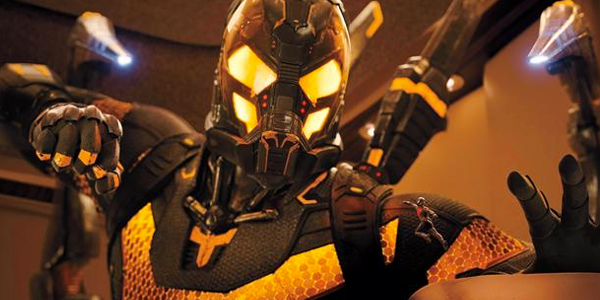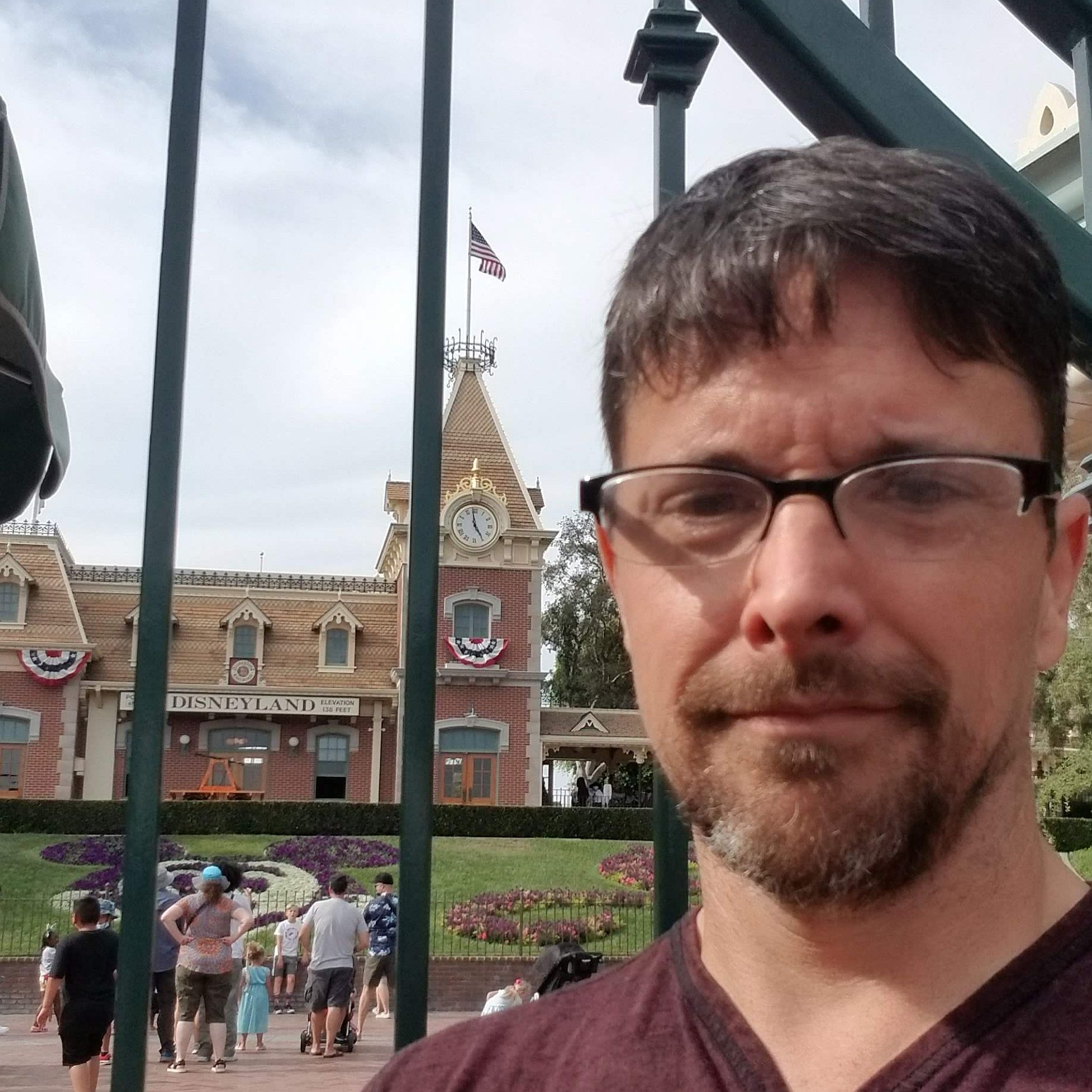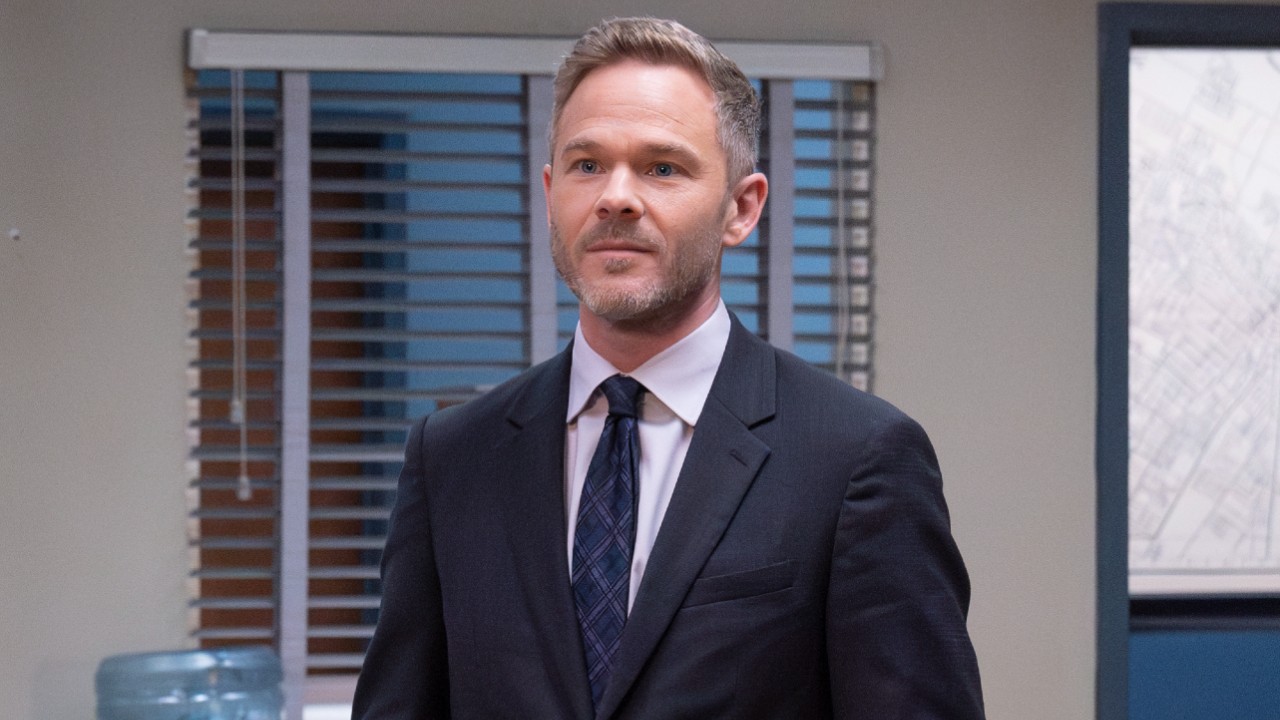The Blunt Reason Marvel Uses Mirror-Image Villains In Its Movies, According To Kevin Feige

Marvel's villains have been one place where the studio has received criticism for an otherwise solid film franchise. One of the reasons for this is that the villains often turn out to be little more than evil versions of the hero. However, the head of Marvel Studios says that there's a reason for that. Since so often these movies have to create a new world and a new set of characters, it makes sense for the villains to be part of that same story, as creating something totally separate would simply be too much for one movie.
You want to have characters that inhabit the same world when introducing a new world, a new mythology for lack of a better term. You want to explore that as much as you can.
Our own Sean O'Connell was on the set of the upcoming Doctor Strange film when Kevin Feige explained why it is so common for a Marvel heroes' first adversary to be a mirror image-like character. When introducing a new hero there's a lot of world building that needs to be done. It gets so involved that it's a much easier from a storytelling standpoint that the villain come out of that same world building, otherwise, they'd have to tell a whole other story over the course of the film.
From that standpoint, the idea certainly makes sense. If you're making Ant-Man, you have to explain where the suit and the powers and the science all come from. This makes it easy to introduce Yellowjacket, a villain with the same abilities that come from the same science. Had they wanted to introduce an entirely different villain the movie would have had to explain where that character came from too. This would have required additional ground work and potentially an entirely different plot thread. It's not that such a thing can't work, but it's a lot more work to do it, and to make it feel seamless.
For better or worse, Doctor Strange looks to be another film that will follow this formula. Mads Mikkelsen will play Kaecillius, another sorcerer with powers along the same lines as Benedict Cumberbatch's character. But according to Kevin Feige, nothing else would have really worked.
When you're teaching an audience about sorcerers and that reality, and you're going to talk about the past anyway, and you're going to get into their history anyway, much better to tie-in your bad guy with that instead of laying all this groundwork of parallel dimensions and sorcery and say, by the way, a meteor hit on the other side of the world, it went under the water, and this evil thing developed. What does that have to do with magic? Nothing... That's not the way we've developed them up to this point.
Marvel has said in the past that part of the reason that their villains may not be the most memorable characters, is that most of the time their movie needs to focus on introducing the hero. On the one hand, this method of creating villains certainly helps do that, although, at the same time, it also means that by not giving them their own development the villain really has no ability to do or be more.
What do you think of the mirror-image villain situation? Is it the right way to go, or should Marvel try to do more in their films in order to create unique bad guys? Let us know what you think in the comments.
Your Daily Blend of Entertainment News

CinemaBlend’s resident theme park junkie and amateur Disney historian, Dirk began writing for CinemaBlend as a freelancer in 2015 before joining the site full-time in 2018. He has previously held positions as a Staff Writer and Games Editor, but has more recently transformed his true passion into his job as the head of the site's Theme Park section. He has previously done freelance work for various gaming and technology sites. Prior to starting his second career as a writer he worked for 12 years in sales for various companies within the consumer electronics industry. He has a degree in political science from the University of California, Davis. Is an armchair Imagineer, Epcot Stan, Future Club 33 Member.
